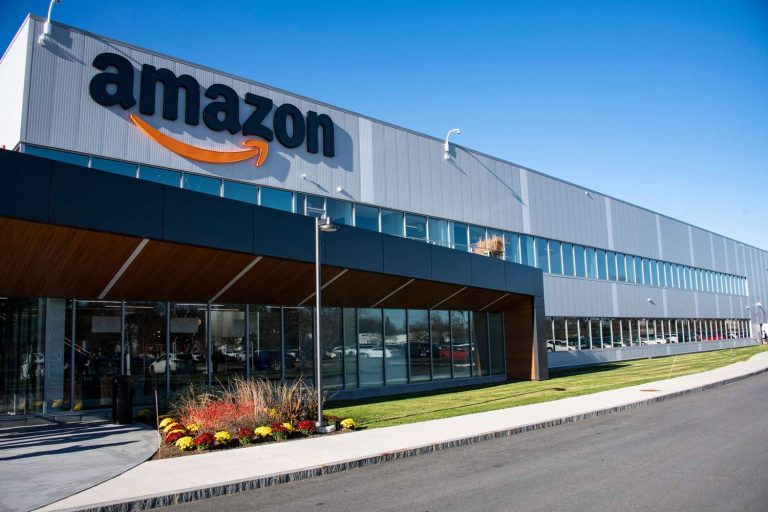In a world dominated by e-commerce, one would expect physical retail to lose relevance. Yet, flagship stores in the digital age continue to thrive—especially for luxury brands. These iconic retail spaces are not just points of sale; they are cultural landmarks, brand showcases, and immersive marketing tools.
The Role of Flagship Stores in Luxury Branding
Flagship stores are the crown jewels of luxury retail. Located in high-profile cities like Paris, New York, Tokyo, and Dubai, they are often housed in architectural masterpieces and span several floors.
These stores serve multiple purposes:
- Brand Expression: They embody the essence of a brand’s heritage, values, and lifestyle.
- Storytelling Spaces: Through layout, design, and in-store features, they tell a cohesive brand narrative.
- Global Presence: Flagships represent a brand’s global footprint and reinforce its status in the competitive luxury market.
E-Commerce vs. Experiential Retail
Luxury buyers expect more than convenience—they crave experiences. While online platforms provide accessibility, they lack the multisensory, personal engagement that physical spaces offer.
Key experiential elements include:
- Personal styling sessions
- Exclusive in-store launches
- Bespoke tailoring and engraving stations
- Luxurious lounges and private shopping suites
These experiences build emotional connections and customer loyalty—something that can’t be replicated in a virtual cart.
Case Studies: Flagships That Redefine Retail
Several global luxury brands have redefined retail by turning flagship stores into immersive brand universes.
1. Louis Vuitton Maison – Paris Champs-Élysées
This historic site combines fashion, art installations, and exhibitions to create a museum-like shopping experience.
2. Gucci Garden – Florence, Italy
Part boutique, part museum, part restaurant—Gucci’s flagship is a complete cultural destination.
3. Tiffany & Co. – The Landmark NYC
After a major revamp in 2023, the Tiffany flagship includes cafés, art galleries, and custom jewelry salons.
These flagships are no longer just stores—they are tourist attractions and social media hotspots.
Physical Presence Builds Trust and Prestige
Luxury purchases are emotional and high-stakes. Customers want to feel, touch, and try the product before committing. Physical presence builds:
- Authenticity: Ensures trust in quality and originality.
- Prestige: Buying from a flagship reinforces the luxury experience.
- Customer Care: In-store staff offer tailored guidance, unlike AI chatbots or generic emails.
Even digitally native luxury brands like Farfetch and Net-a-Porter are experimenting with pop-up and concept stores to bridge the physical-digital divide.
Flagship Stores as Marketing Tools
In the age of social media, a visually stunning flagship doubles as a branding megaphone.
- Instagrammable interiors encourage content sharing.
- Event spaces host high-profile launches and celebrity appearances.
- Partnerships with artists and designers elevate the store’s cultural relevance.
All of this translates into free publicity and viral marketing power.
The Future of Flagship Retail
As consumer behavior evolves, so must flagship stores. Many luxury retailers are incorporating:
- Smart mirrors and AR fittings
- Sustainable materials and green certifications
- Personalized data-driven services
- Hybrid showroom-fulfillment models
Brands are also integrating omnichannel strategies, where customers can order online and pick up or customize in-store. Flagships are no longer stand-alone spaces but hubs of brand innovation.
Why Flagship Stores Won’t Die
The digital age offers scale, but flagship stores offer soul. They are where craftsmanship, exclusivity, and hospitality merge into unforgettable moments. In the high-stakes world of luxury, such physical anchors remain invaluable.
In short, flagship stores in the digital age matter more than ever—not despite the internet, but because of it. They elevate the brand narrative, drive loyalty, and create spaces where luxury feels tangible.
Conclusion
Flagship stores are not relics—they are retail’s new temples. For luxury brands, they remain central to crafting identity, delivering bespoke service, and inspiring brand devotion. As long as shoppers continue to seek immersive experiences, flagship stores will continue to shine—even in a digital-first world.

